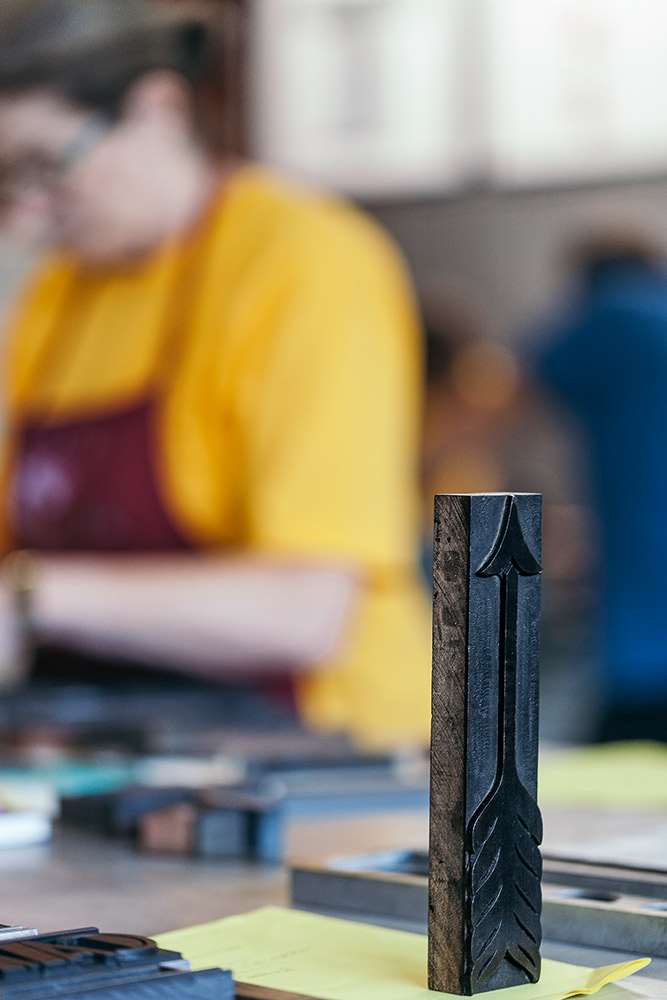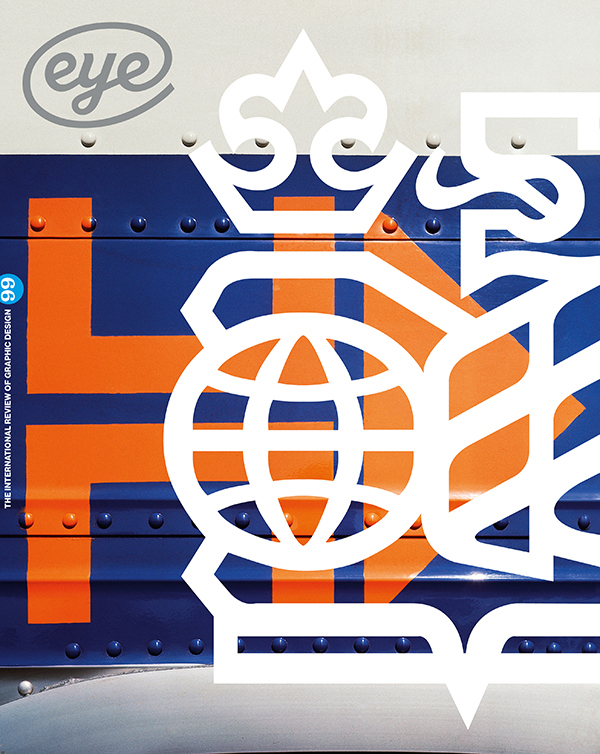Autumn 2019
Faenza mon amour
Kerning conference
Cinema Teatro Sarti, Faenza, Italy. 5 – 7 June 2019
Faenza is a pleasant little medieval Italian town with a name meaning ‘glazed earthenware’ (as in the French and English words faïence and faience). Its International Museum of Ceramics, founded in 1908, is a reference point for ancient and contemporary ceramics from Italy and elsewhere. As James Clough noted in his Signs of Italy (see Eye 91), ‘ceramic tile signs with hand lettering can be seen everywhere, from small plates displaying names of dentists, lawyers and other professions to shop signs, institutional signs and street signs.’ Add to this the fact that Faenza is located in the Emilia-Romagna region – internationally renowned for excellent food and culinary wisdom – and you can understand why it has turned out to be a great location for the Kerning type conference.
The 2019 Kerning edition offered a two-day ‘prologue’ including calligraphy, letterpress and typography workshops. Conference day followed with talks by Lila Symons (women’s talent for lettering), Monica Dengo (the power of handwriting), Laura Meseguer (how an intercultural typeface should be designed), Astrid Stavro (the key to an award-winning design career, see Eye 95), Ulrike Rausch (the magic of OpenType features), Sarah Hyndman (how type interacts with all the senses), Sandro Berra (the heritage of the Tipoteca Italiana) and Louise Fili (the allure of letterforms, see Eye 87), plus Adrian Harrison’s short film 94 [8000 One-Offs], about Eye 94’s variable data cover.
As in previous years each speech was videoed. A recap plus every talk of the 2019 edition of Kerning is now available on Vimeo.
Kerning started in May 2013 as the first annual conference in Italy ‘dedicated solely to typography and web typography’. It grew up nicely, thanks to the passion and competence of the organisers and the support of key international sponsors. Year by year Kerning has featured the best conference food ever and brought to the stage – among others – Luc(as) de Groot, Nina Stössinger, Ellen Lupton, Jan Middendorp, Jessica Hische, Bruno Maag, Sumner Stone, Antonio Cavedoni and Ferdinand Ulrich.
A fascinating information graphics project – team-made by Blanca Tortajada and Paco Fernández as the finishing touch to a workshop with Francesco Franchi (see pp.38-49) and Nicholas Felton – was made to reveal the economic impact and the power of attraction of Kerning 2015.
Though Kerning has attracted some of the brightest minds of the contemporary scene as well as a highly specialised public, the organisers – Francesco Fullone, Enrico Stradaioli and Beatrice Bassi – say that this year’s seventh edition of the conference could be the last. ‘Sponsors don’t love us. Local institutions seem to ignore Kerning’s potential to increase international awareness of the town, its heritage and its appeal to tourists. On the other hand our main sponsors supported the first editions and then either systematically reduced their contributions or gradually disappeared.’
Kerning is a tested machine and it certainly meets the contemporary needs of the type community. ‘Unfortunately,’ says Fullone, ‘the local design companies, the schools and the institutions we contacted don’t see this kind of event as an opportunity to nurture their business. Likewise, despite Kerning’s international profile, foreign companies don’t perceive Italy as a market to invest in – even if they sponsor other European conferences.’
Kerning has gained recognition for its guests and contents – not to mention hospitality and other circumstances like the delightful late spring timing. Shutting it down would be such a waste. The Kerning staff are a dream team, perfectly trained to make people enjoy type and typography, as well as food and local heritage. The final result is a highly social event, full of chances to learn new tricks, discuss the latest news, meet new people and discover a new corner of Italy.
Top. The appeal of letterpress: wood type at Tipoteca Italiana, whose Director Sandro Berra spoke at Kerning.
Massimo Gonzato, freelance journalist, copywriter and editor, Verona
First published in Eye no. 99 vol. 25, 2019
Eye is the world’s most beautiful and collectable graphic design journal, published for professional designers, students and anyone interested in critical, informed writing about graphic design and visual culture. It is available from all good design bookshops and online at the Eye shop, where you can buy subscriptions and single issues.

